
Read or listen offline
автоматическое преобразование текста в аудио
1×
автоматическое преобразование текста в аудио
Recommendation
Closing the prosperity gaps across its members is a high priority of the European Union’s economic integration. Current evidence indicates that the newly admitted states in Central and Eastern Europe have robustly gained on the older EU members. But the difference between the richest and poorest of the original 12 nations is wider than it was at the inception of the euro. Economist Daniel Gros, writing in a dry prose style, offers a granular analysis of EU convergence prospects. getAbstract recommends this expert assessment to consultants and analysts.
Take-Aways
About the Author
Daniel Gros is the director of the Center for European Policy Studies.
By the same author
Report
Article
Report
Report
Report








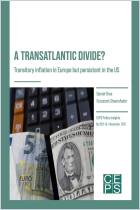
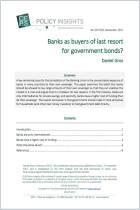
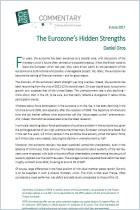
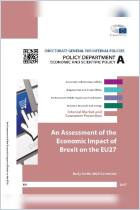
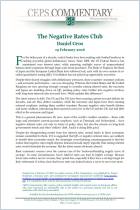
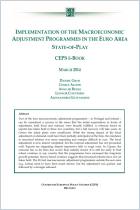
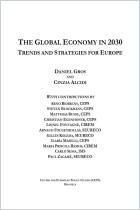




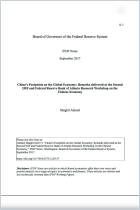





Comment on this summary or Начать обсуждение